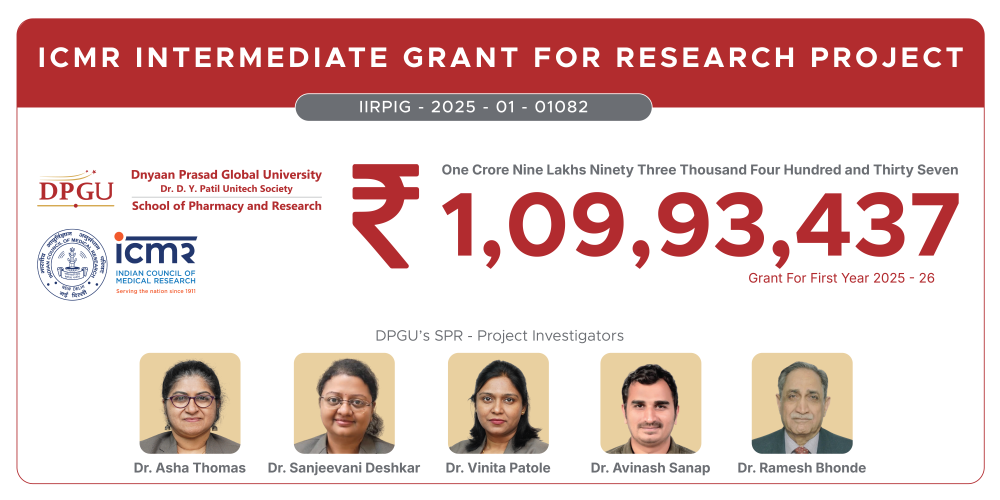Key stakeholders empowering digital health ecosystem
October 18, 2022 | Tuesday | Views | By Ayantika Nag, Analyst, MP Advisors
DTx companies need to work with all the stakeholders to be successful
Technology is becoming an integral part of our lives, making its way into every industry from pharma to aviation. Thus, it is no surprise that it has also gained a strong foothold in driving decisions for better health. The umbrella of digital health has 2 specialized sections: Digital Medicine and Digital Therapeutics (DTx).
Digital therapeutics offers new ways to treat and manage diseases using software often inspired by gaming techniques that engage patients to modify their behavior and thereby affecting the progression of disease and treatment, for eg: Akili’s FDA-approved EndeavorRx for Attention deficit hyperactivity disorder (ADHD) treatment in kids or Sivan’s Moovcare for management of lung cancer. This newest area of digital health is evolving rapidly and is being shaped by all its stakeholders- patients, payors, physicians, pharma, and regulatory bodies. The digital health companies developing these apps will have to work in tandem with each of these stakeholders to increase the adoption of their products.
Patients:
Today, individuals have become invested in a holistic approach to their health and disease management. According to a recent global survey in the US,
- ~50% download a DTx app after seeing a relevant ad.
- ~40% of patients look for clinical evidence before downloading a DTx app.
- ~50% of patients confer with their doctor about the solution before downloading the app.
This survey is a clear indication that patients today are well-aware and doing their due diligence before blindly accepting and adhering to any therapy.
However, patients ultimately depend on their doctors for suggestions, and clinical proof is necessary for physicians to trust the benefit of these apps. The majority of the approved DTx products used randomized clinical trials for evaluation with the adoption of parallel-group designs and statistical hypotheses. Additionally, retrospective analyses and digital biomarkers are also used to improve the objectiveness of the endpoints.
The next challenge is the patient’s attention and effective use of the app. Personalization and conscious inclusion are key to patient adoption and engagement. The DTx solution must be integrated into their daily habits, a feat obtained through either gamification, benchmarking with peers, or positive reinforcement.
Physicians:
Effective clinical data along with real-world evidence of patient engagement, satisfaction, and positive feedback play a crucial role in the acceptance of DTx by providers. These factors further encourage physicians and healthcare providers to prescribe DTx to their patients.
Currently, there are around 40 approved prescription DTx. The fact that prescription-based DTx, a segment of digital therapeutics is making its way into the market highlights how DTx companies are catering to healthcare systems.
However, the adoption by healthcare providers is in the nascent stages and therefore limited. To accelerate the process, DTx manufacturers need to educate physicians and integrate with existing EHRs. This will not only facilitate decision-making for improving patient outcomes but will also offer cost-benefits by managing footfall and reducing burden through remote monitoring.
Pharma:
Approximately 75% of the pharma-digital health partnerships involve either a DTx or a prescription DTx, primarily in areas like mental health, chronic diseases, and oncology. This shows that pharma is investing in partnerships based on clinical evidence generated or in progress.
Currently, the majority of the deals are focused on companion DTx. However, in the next 5 years, the value proposition of stand-alone products targeting anxiety, depression, respiratory disease management, and diagnosis will become pronounced as they will offer pharma to diversify their portfolio.
With each deal being unique, pharma is not only evaluating the immediate return on investment, but also intangible benefits such as the ability of the product to gather patient data for market intelligence and to further R&D in multiple therapeutic areas.
Early partnerships with pharma can significantly accelerate the journey to market. A clear path showing how the DTx is addressing an unmet need, PoC studies, demonstration or route to clinical and regulatory success, and the opportunity towards reimbursement is the checklist that pharma is looking for.
Payors:
Reimbursement is the key roadblock in DTx adoption and since 60% of the payors in the US are private, they form a very important stakeholder. With DTx becoming mainstream, clear guidelines and reimbursement policies will facilitate the reach of this valuable technology, particularly in underprivileged communities.
The adoption of a DTx solution resulting in its listing in formularies by payors is majorly dependent on 3 factors- proven economic savings, clinical and real-world evidence (RWE), and scalability and engagement.
DTx presents innovative business models to payors, such as pay-for-performance, value-based agreements, and short-term contracts. However, as the generation of RWE takes a while, DTx companies are exploring other avenues to increase adoption such as approaching employers and D2C business models.
Regulatory bodies:
The collaboration between Pear Therapeutics and FDA in 2015 for its PDTx reSET called for a paradigm shift. The FDA understood and acknowledged the need for modernizing its processes. Consequently, Congress passed the 21st Century Cures Act in 2016, and the Digital Health Innovation Action Plan was published by the FDA.
Currently, digital therapies are considered within the “Software as a medical device” category, a traditional approach by FDA to approve devices for medical purposes. FDA has also published guidance such as the 510k and de novo pathway to clinically evaluate DTx solutions, however, a common regulatory framework is still in the working. Additionally, to modernize its approach and adapt itself to the agile, iterative nature of software development, the FDA along with 9 companies formed the Pre-cert pilot program in 2017.
A critical aspect for DTx companies is that while they adhere to the existing guidelines, they must not ignore the evolving DTx regulations. In fact, regulatory bodies encourage companies to initiate a conversation for approvals while the product is still in development to mitigate risks.
Digital therapeutics presents a huge opportunity as they can drive behaviour changes at scale and lead to a better lifestyle. However, to achieve scale, all the stakeholders will need to collaborate and work together seamlessly. Also, for DTx companies to succeed, they need to be working with all the stakeholders from the very beginning to carve out a sustainable and scalable business model.
Ayantika Nag, Analyst, MP Advisors










